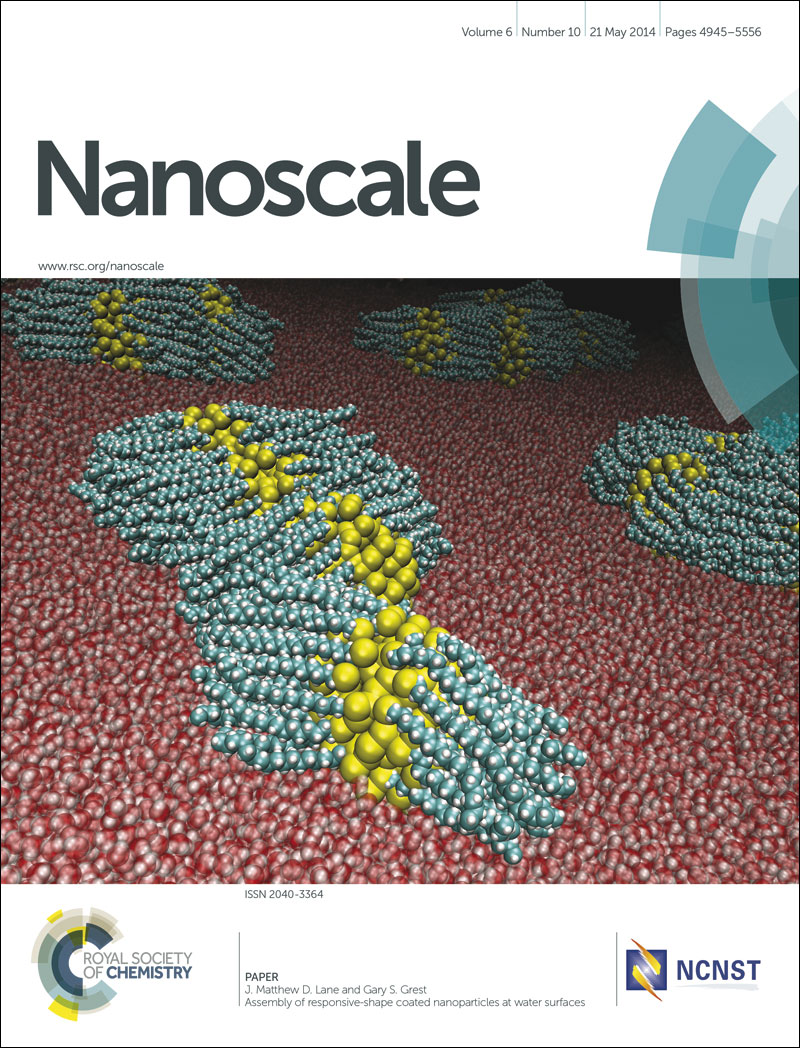Polypeptide micelles with dual pH activatable dyes for sensing cells and cancer imaging†
Abstract
pH is an important control parameter for maintenance of cell viability and tissue functions. pH monitoring provides valuable information on cell metabolic processes and the living environment. In this study, we prepared dual pH-sensitive, fluorescent dye-loaded polypeptide nanoparticles (DPNs) for ratiometric sensing of pH changes in living cells. DPNs contain two types of dyes: N-(rhodamine B) lactam cystamine (RBLC), an acid activatable fluorescent dye with increased fluorescence in an acidic environment, and fluorescein isothiocyanate (FITC), a base activatable fluorescent dye with enhanced fluorescence in an alkaline environment. Hence, DPNs exhibited a dual response signal with strong red fluorescence and weak green fluorescence under acidic conditions; in contrast, they showed strong green fluorescence and almost no red fluorescence under alkaline and neutral conditions. The favorable inverse pH responses of the two fluorescent dyes resulted in ratiometric pH determination for DPNs with an optimized pH-sensitive range of pH 4.5–7.5. Quantitative analysis of the intracellular pH of intact MCF-7 cells has been successfully demonstrated with our nanosensor. Moreover, single acid activatable fluorescent dye doped polypeptide nanoparticles that only contained RBLC can distinguish tumor tissue from normal tissue by monitoring the acidic extracellular environment.


 Please wait while we load your content...
Please wait while we load your content...